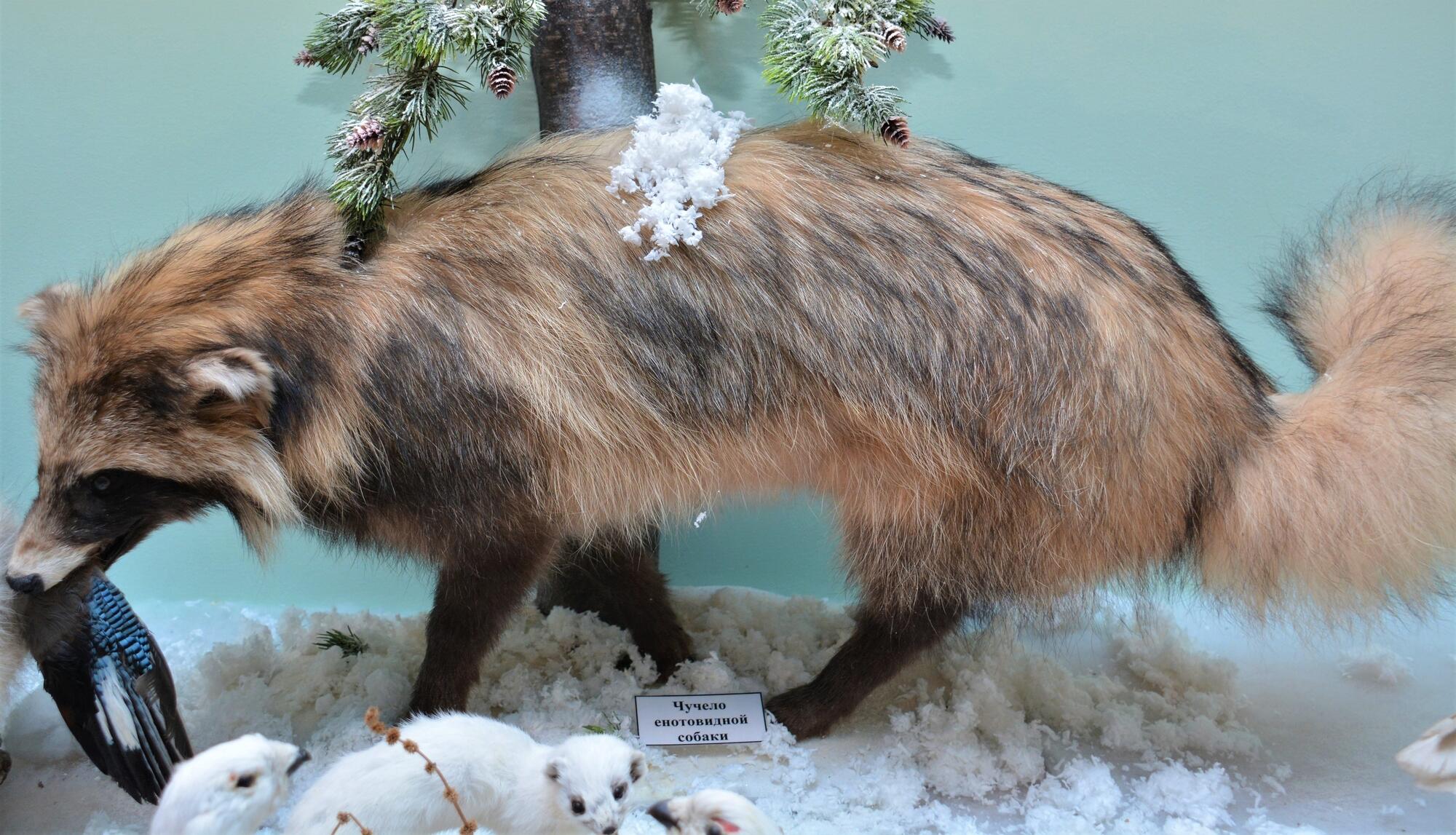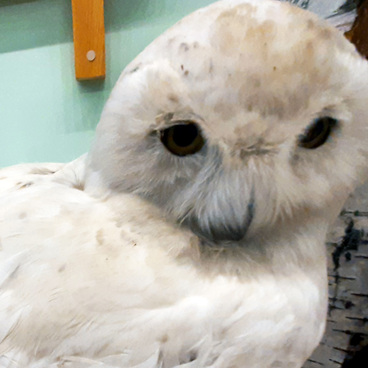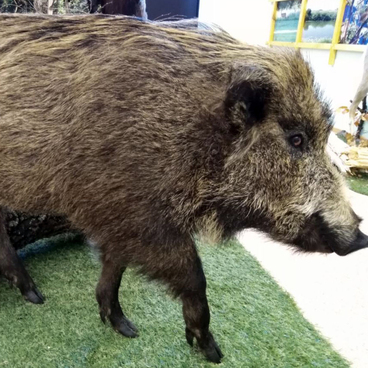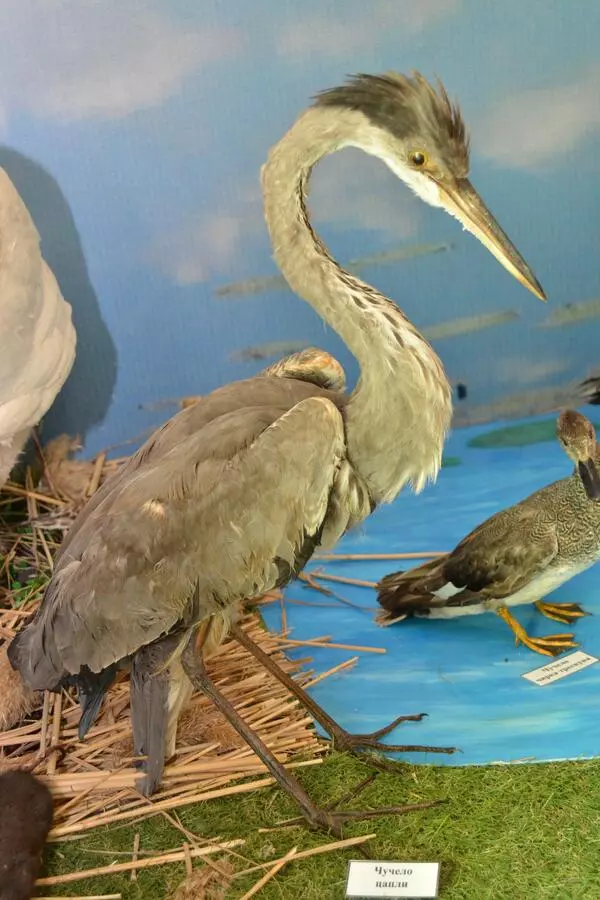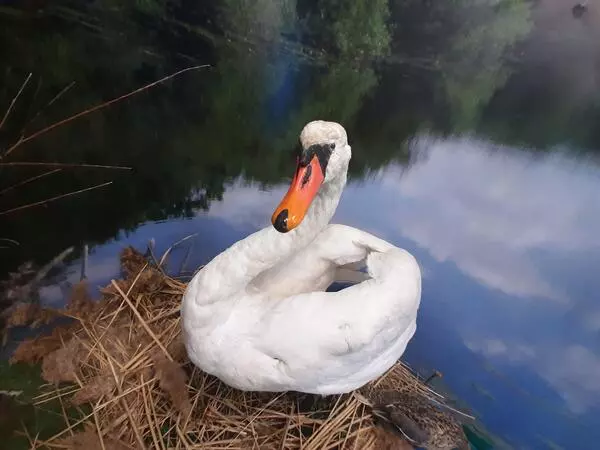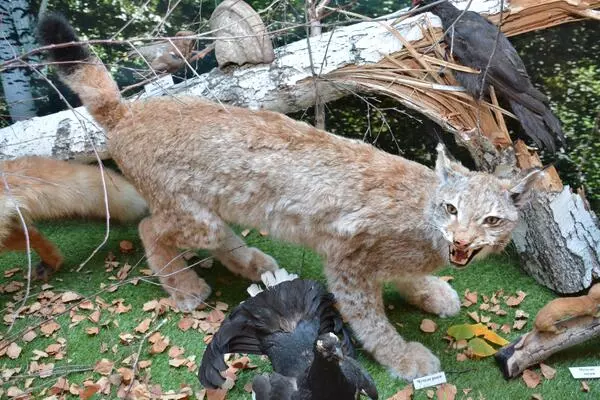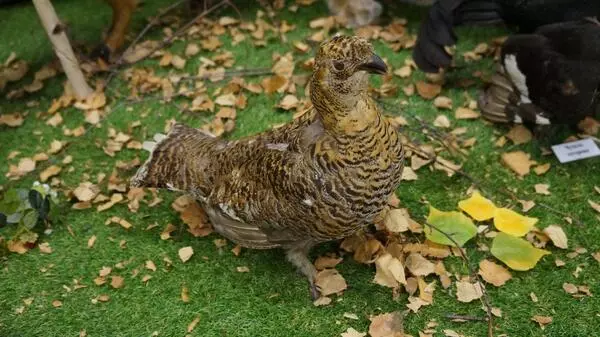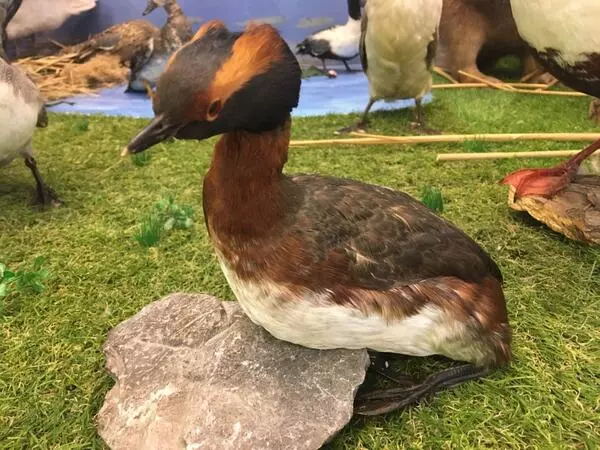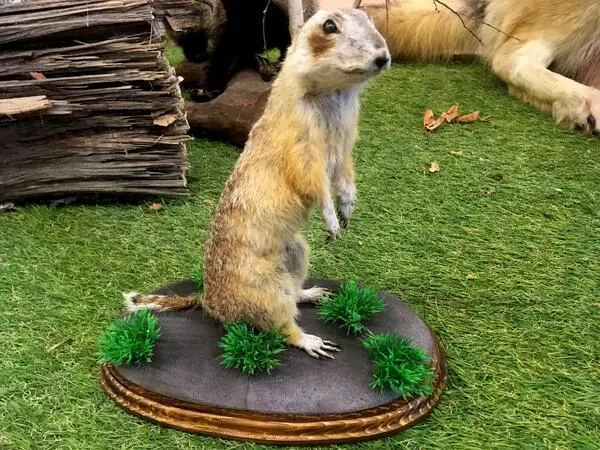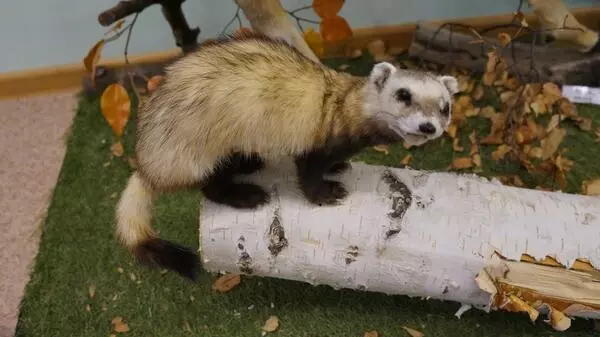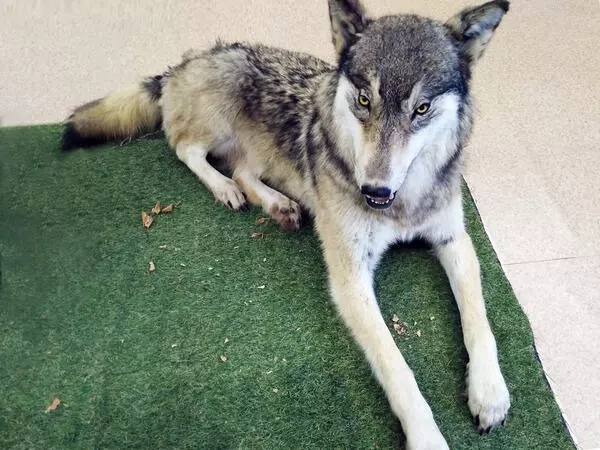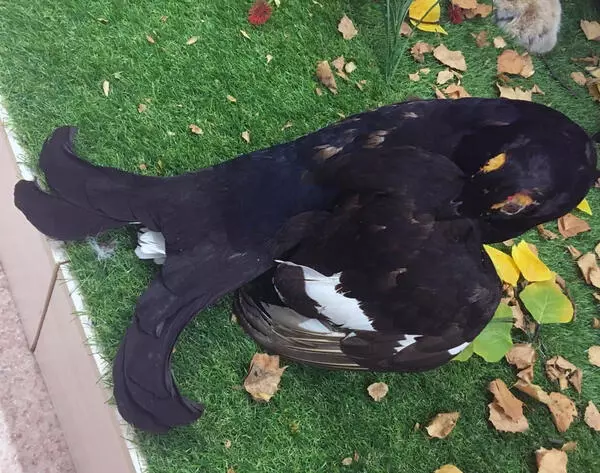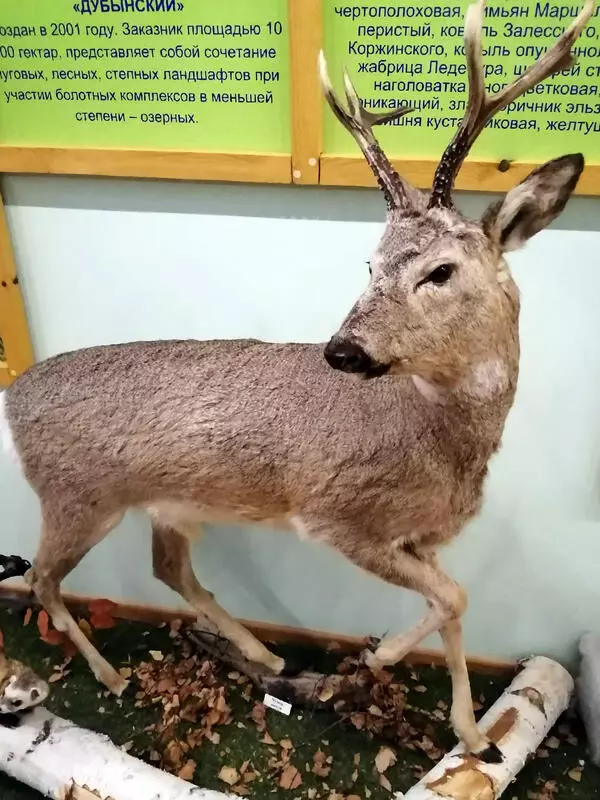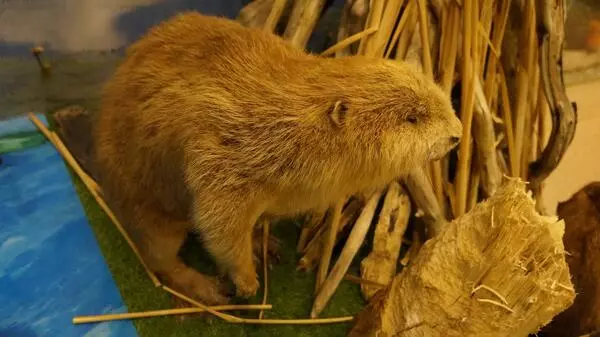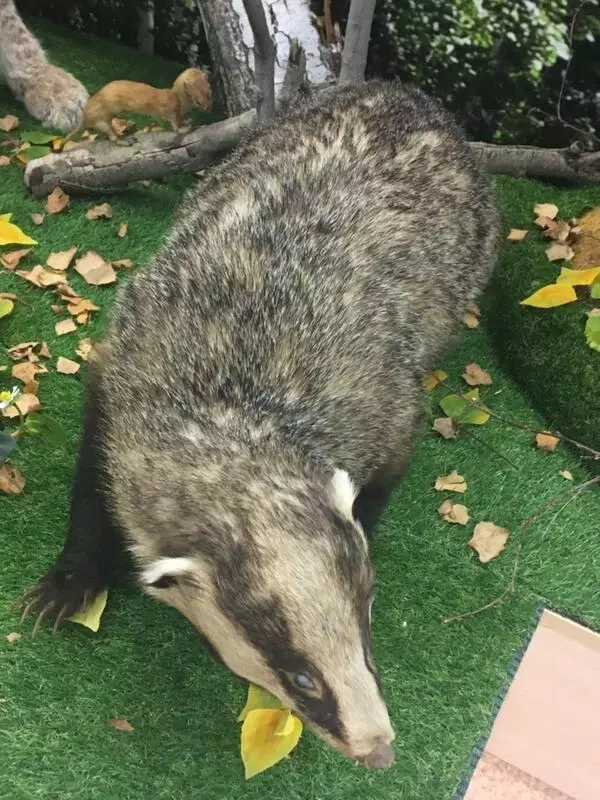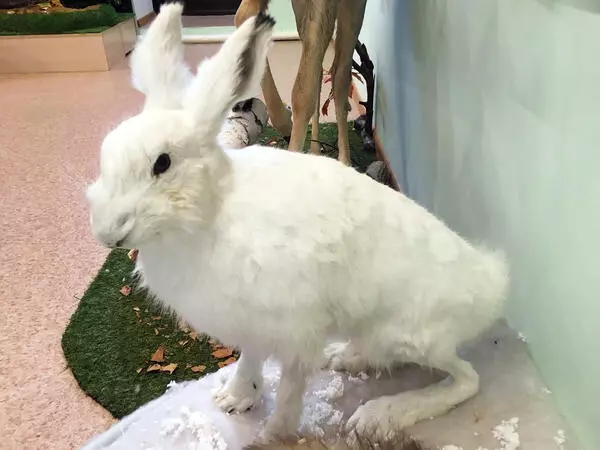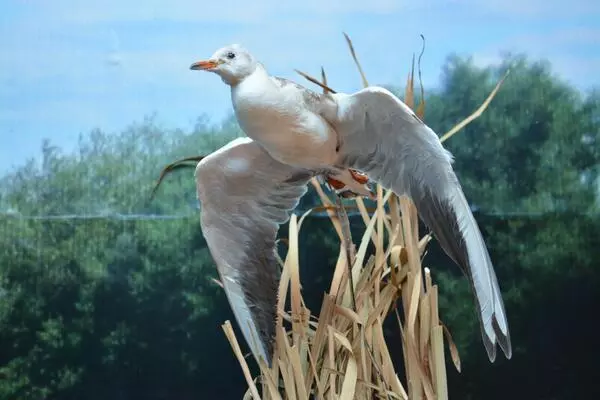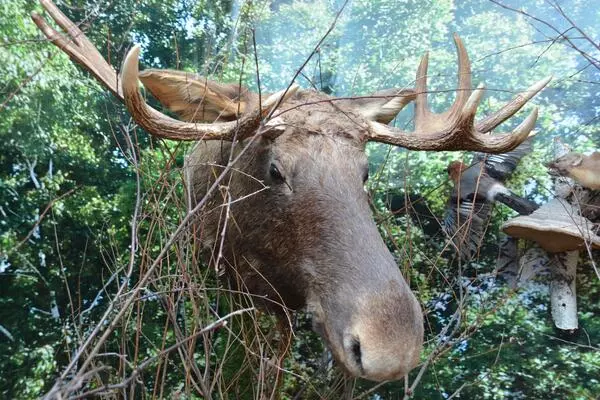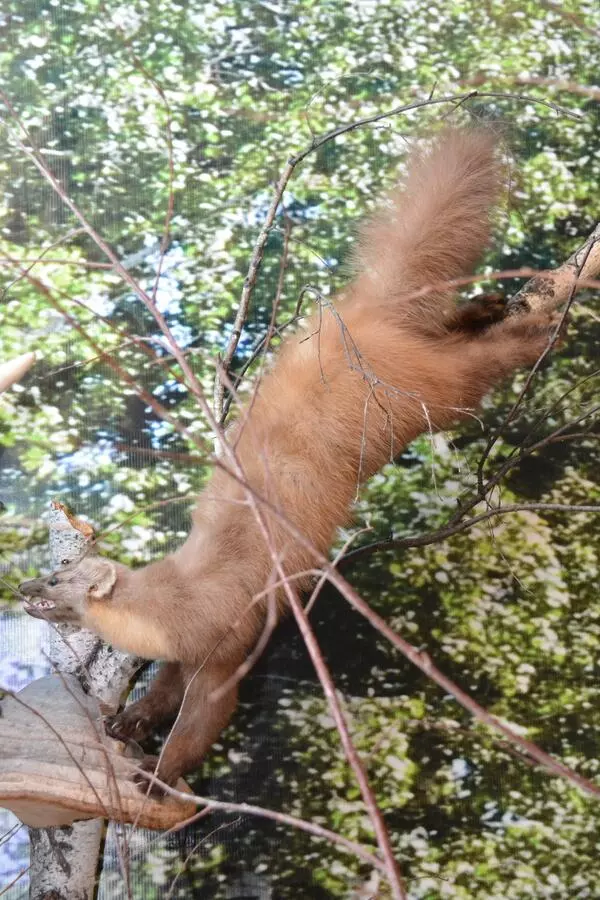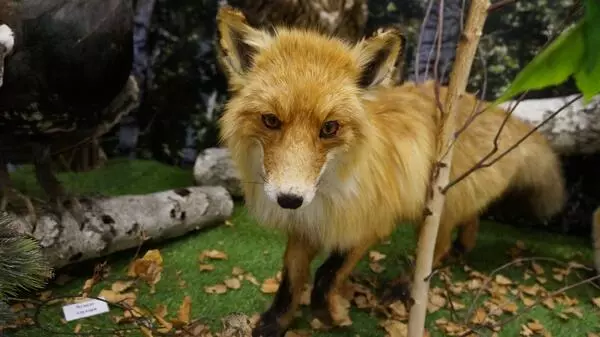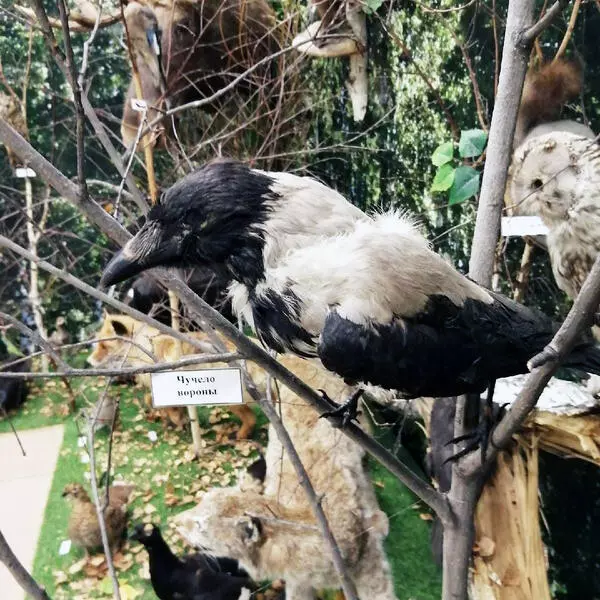The raccoon dog is an animal the size of a small dog. Its body is squat and long, with short legs and a bushy tail. The color of this predator is very similar to that of the raccoon. Its long, dense, and coarse fur is dark brown or grayish-brown is a little paler on the lower sides. A dark stripe runs along the backbone. The raccoon’s signature mask pattern can clearly be seen on the raccoon dog’s snout. The animal’s cheeks are covered with ash-gray whiskers. There are red raccoon dogs, too, while literature also reports some albino animals.
Between 1957 and 1967, about 10,000 raccoon dogs were released into the wild in the USSR to enrich game habitats. Although in the Asian part of the country, the species never ecized, it bred quickly in the European part and inhabited further territories, including Western European countries. For example, Sweden operated a program to control the population of raccoon dogs from Russia in 2013.
Since the late 1990s, small populations of the raccoon dog have been present in the Novosibirsk, Omsk, Kurgan, and Chelyabinsk Regions of Russia. Individual animals have been found in the forests of the Tomsk region and Altai. According to projections of scientists from Tomsk, the local population of the raccoon dog will be growing due to the warming.
The raccoon dog mostly inhabits wet meadows with swampy hollows, overgrown flood plains, and riverside forests with thick underbrush. The animal is not particularly picky about its habitation. The raccoon dog usually lives in badger and fox setts. It rarely digs burrows itself or find shelters in tree roots or splits in rock. Sometimes, the raccoon dog makes do with an open nest.
The raccoon dog lives in pairs or small families. Each pair has its own hunting ground with its borders marked. Hunting grounds of different pairs may overlap, but the animals prefer peaceful coexistence.
The raccoon dog is mostly active at dusk and at night. In terms of diet, the raccoon dog is a typical forager searching for food in all possible nooks. The raccoon dog is an omnivore. Before winter, the animal increases feeding and hibernates.
Between 1957 and 1967, about 10,000 raccoon dogs were released into the wild in the USSR to enrich game habitats. Although in the Asian part of the country, the species never ecized, it bred quickly in the European part and inhabited further territories, including Western European countries. For example, Sweden operated a program to control the population of raccoon dogs from Russia in 2013.
Since the late 1990s, small populations of the raccoon dog have been present in the Novosibirsk, Omsk, Kurgan, and Chelyabinsk Regions of Russia. Individual animals have been found in the forests of the Tomsk region and Altai. According to projections of scientists from Tomsk, the local population of the raccoon dog will be growing due to the warming.
The raccoon dog mostly inhabits wet meadows with swampy hollows, overgrown flood plains, and riverside forests with thick underbrush. The animal is not particularly picky about its habitation. The raccoon dog usually lives in badger and fox setts. It rarely digs burrows itself or find shelters in tree roots or splits in rock. Sometimes, the raccoon dog makes do with an open nest.
The raccoon dog lives in pairs or small families. Each pair has its own hunting ground with its borders marked. Hunting grounds of different pairs may overlap, but the animals prefer peaceful coexistence.
The raccoon dog is mostly active at dusk and at night. In terms of diet, the raccoon dog is a typical forager searching for food in all possible nooks. The raccoon dog is an omnivore. Before winter, the animal increases feeding and hibernates.
